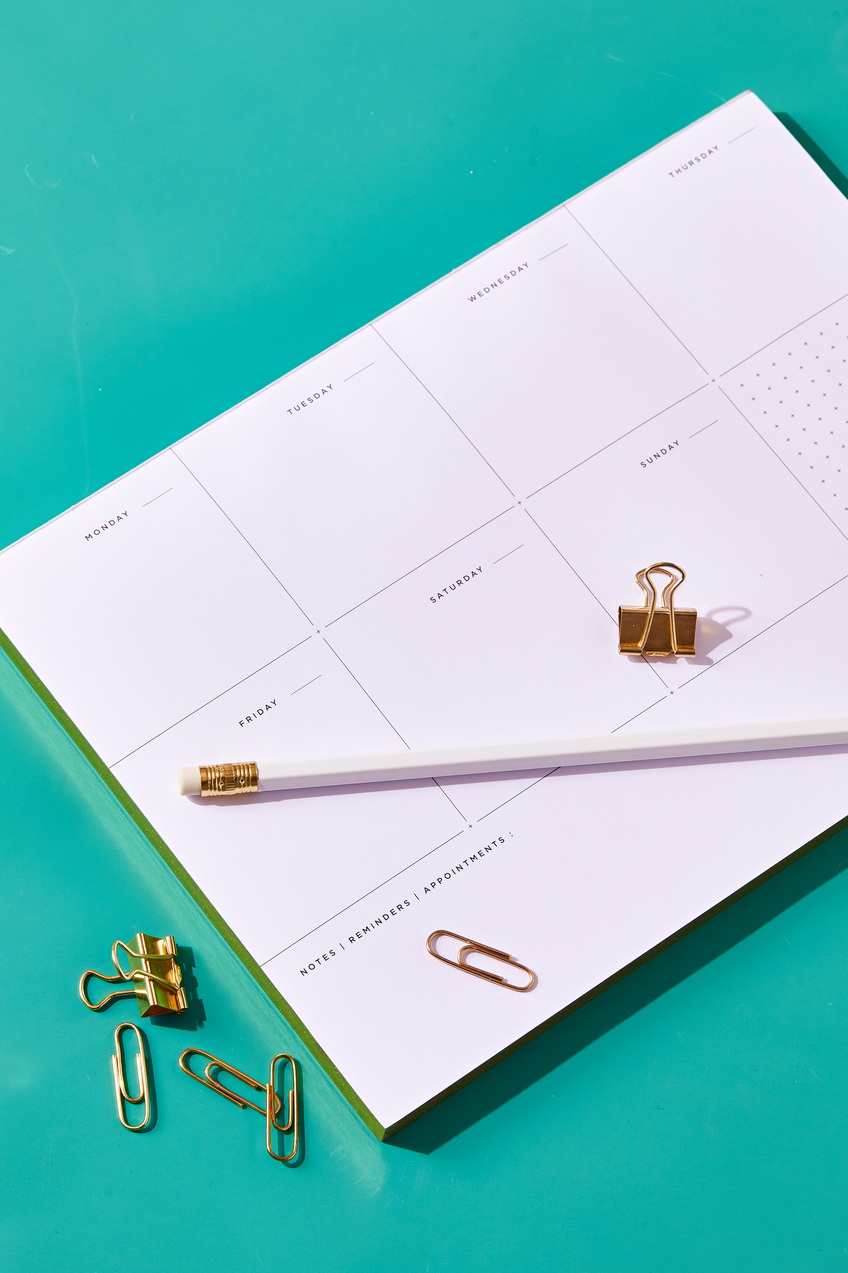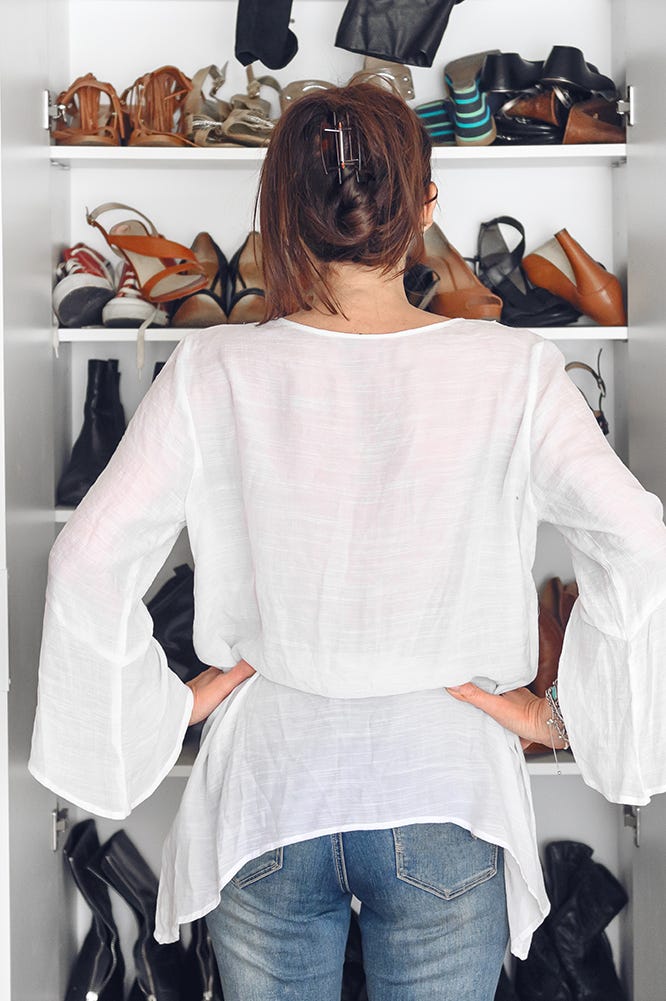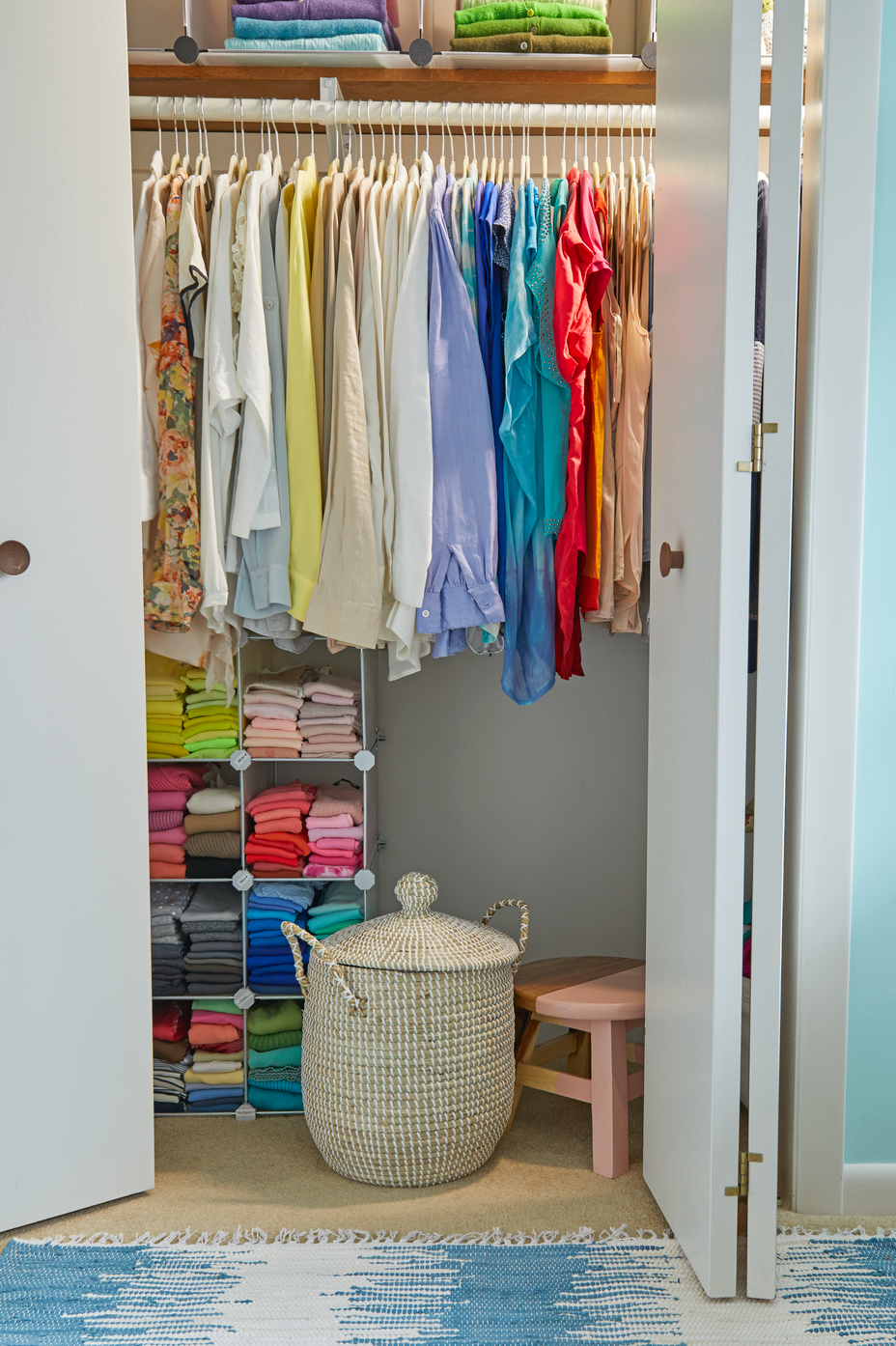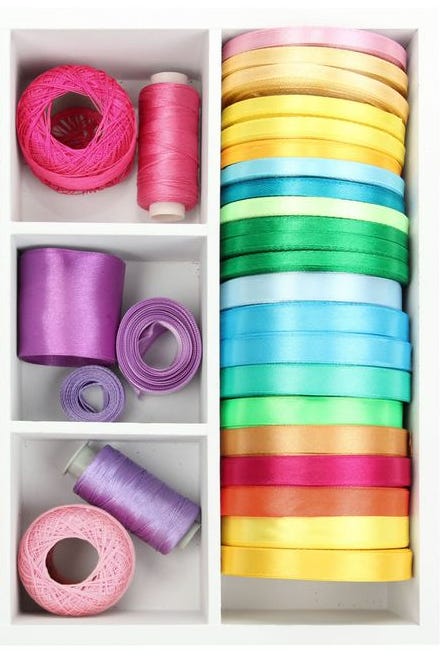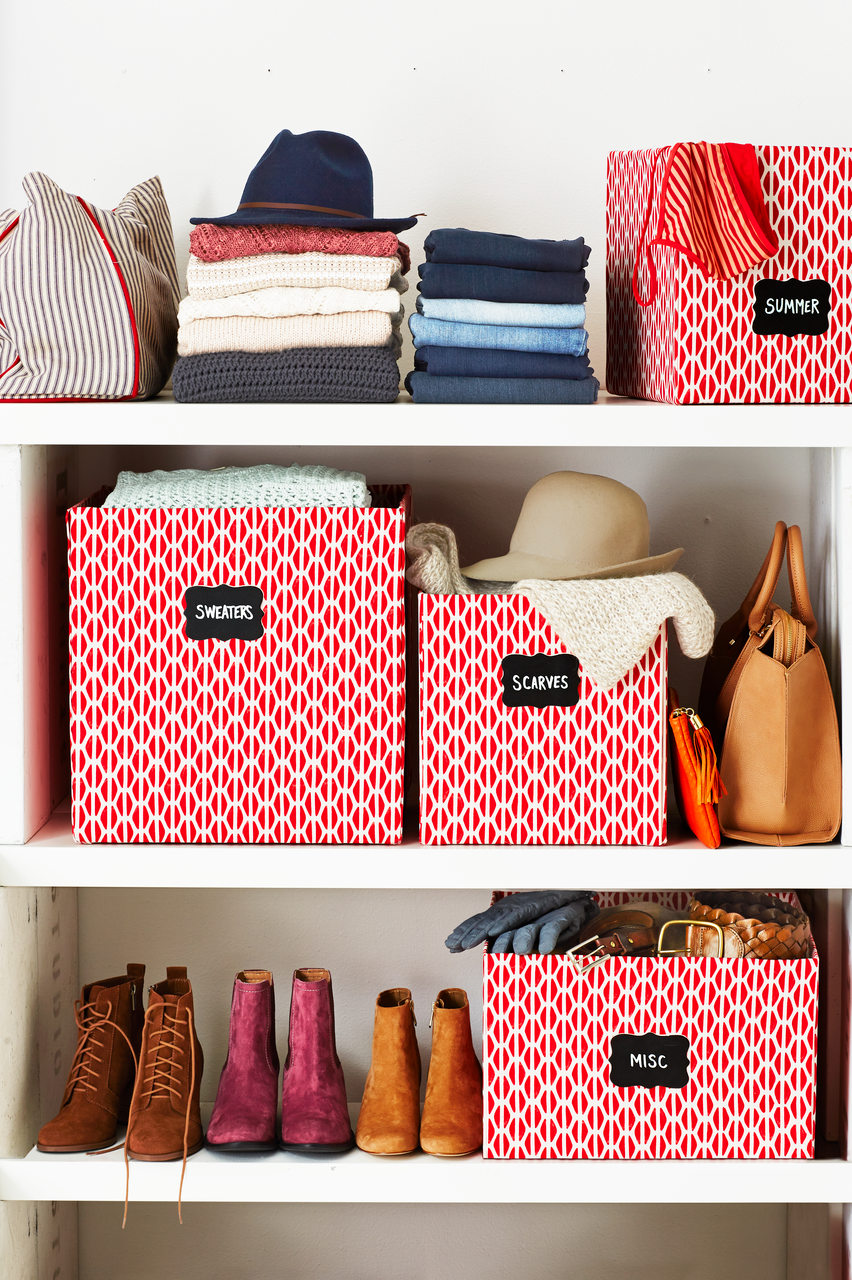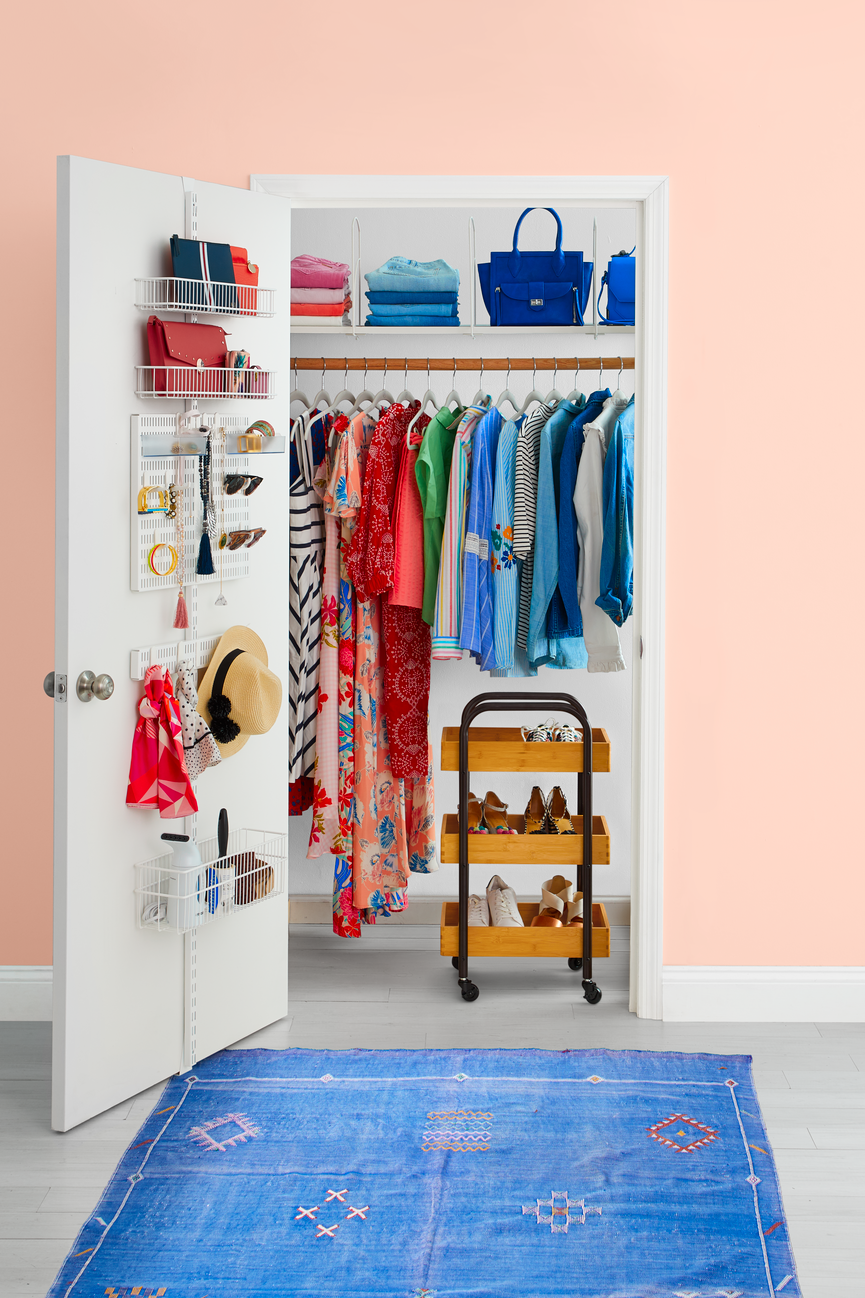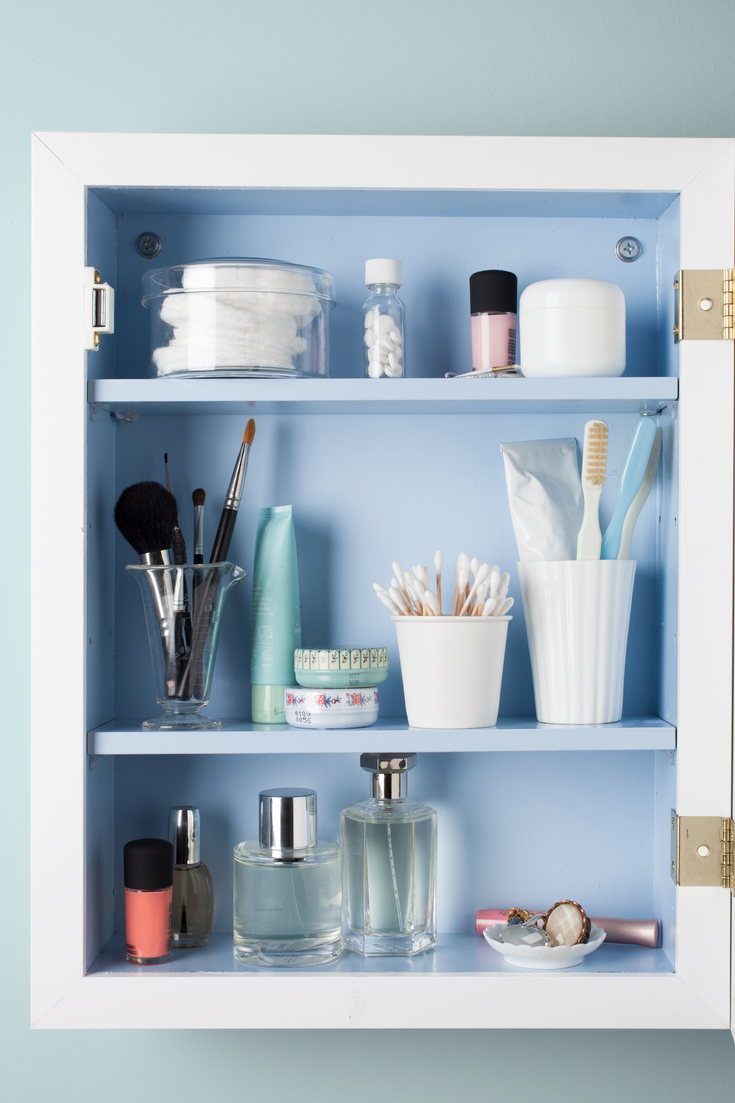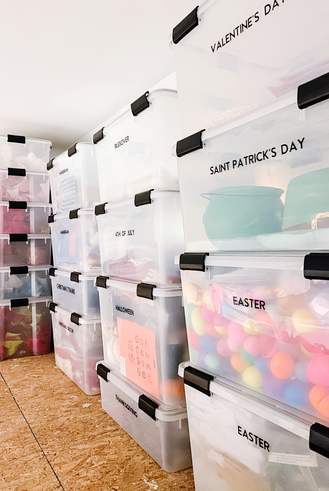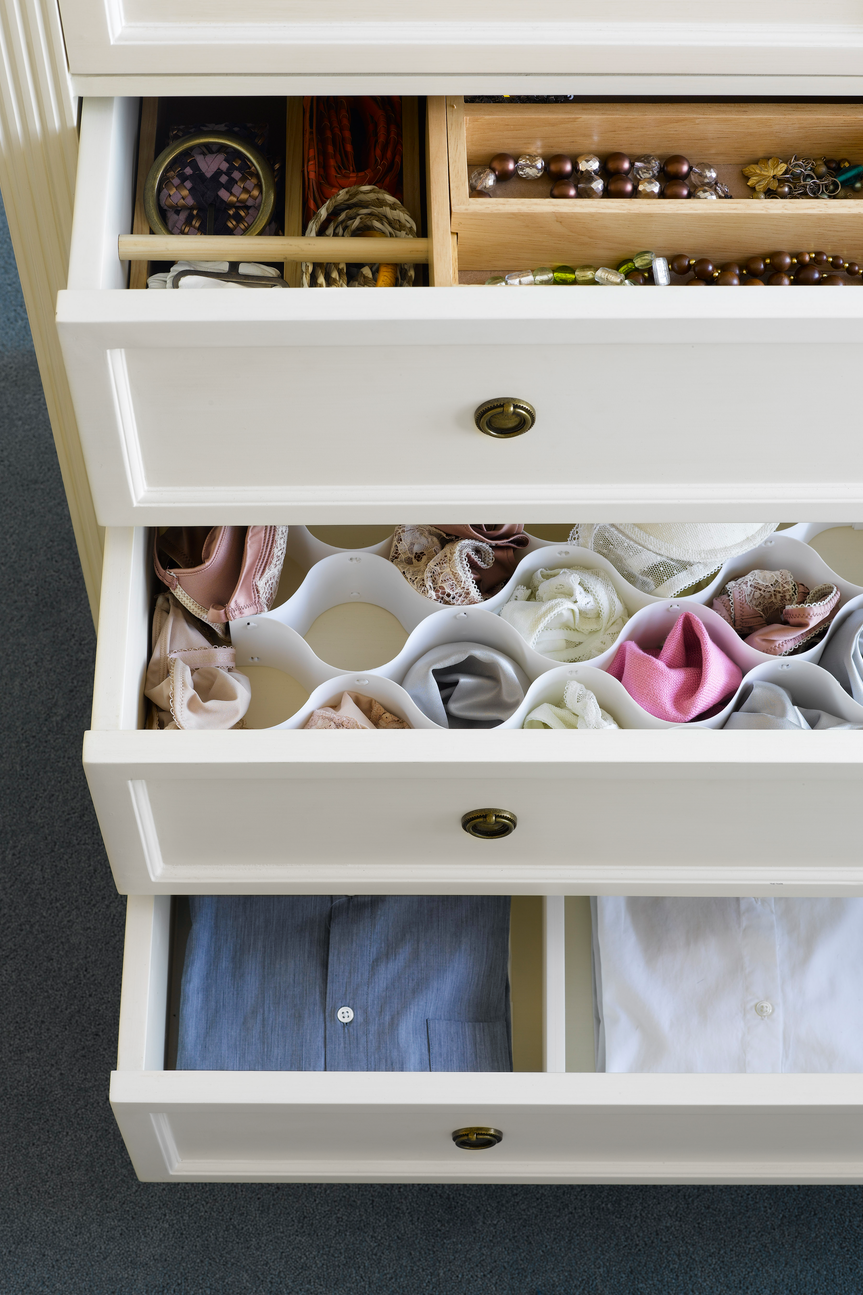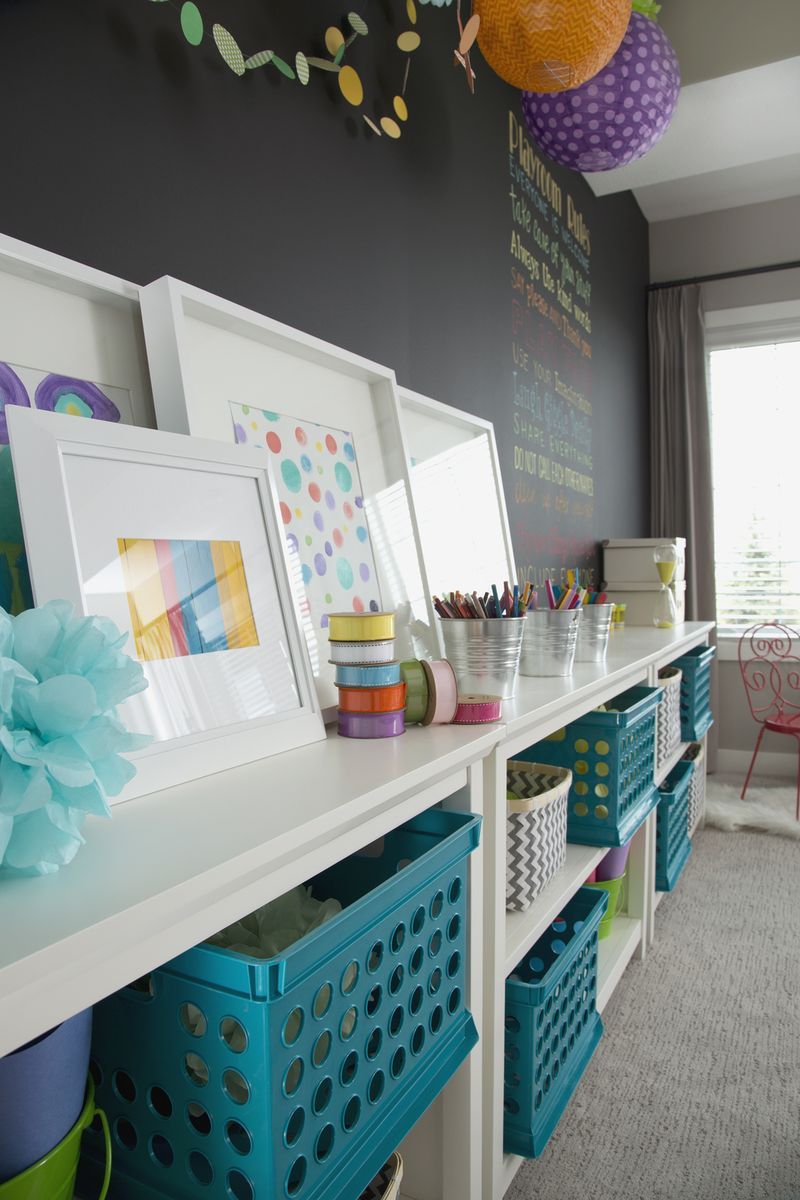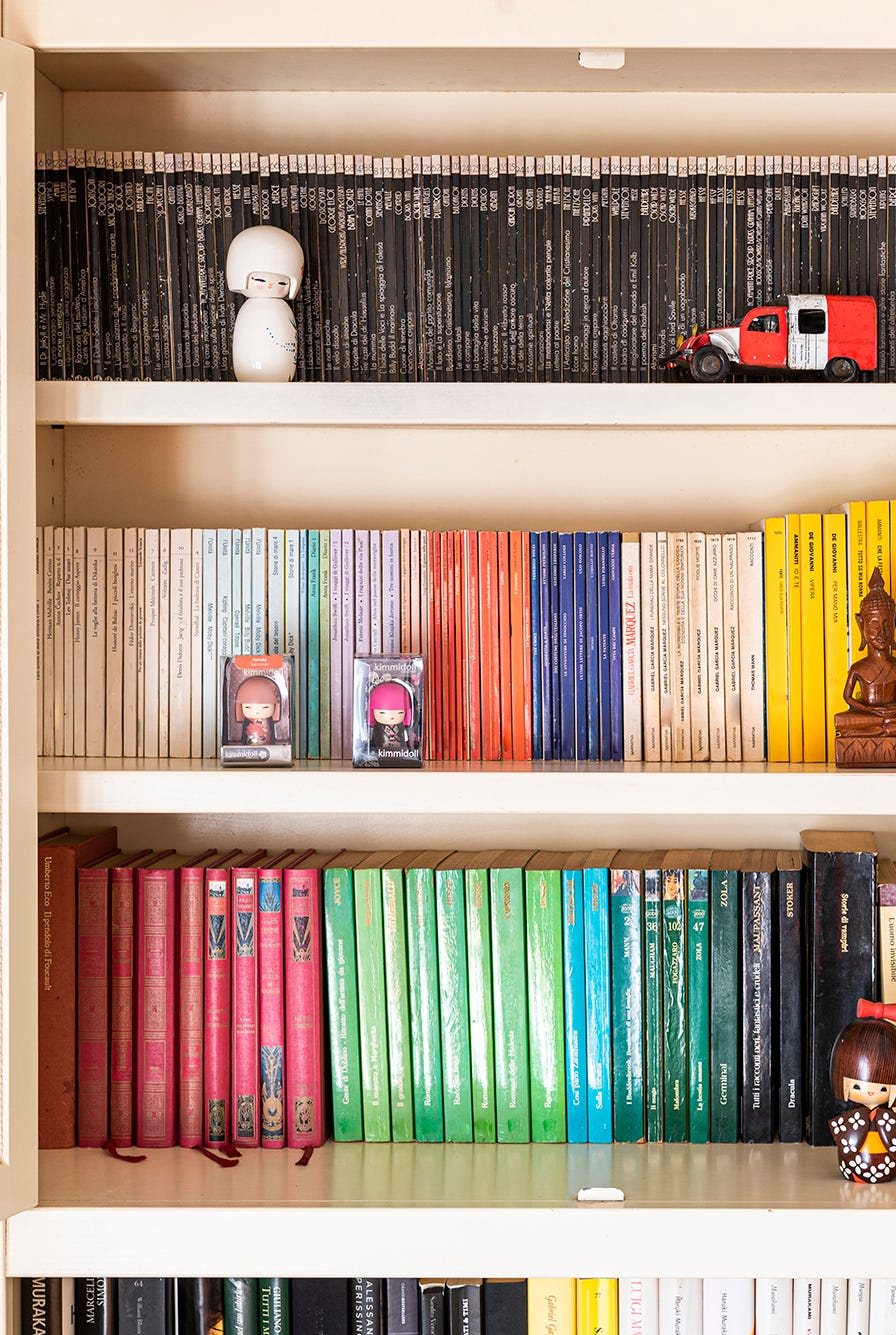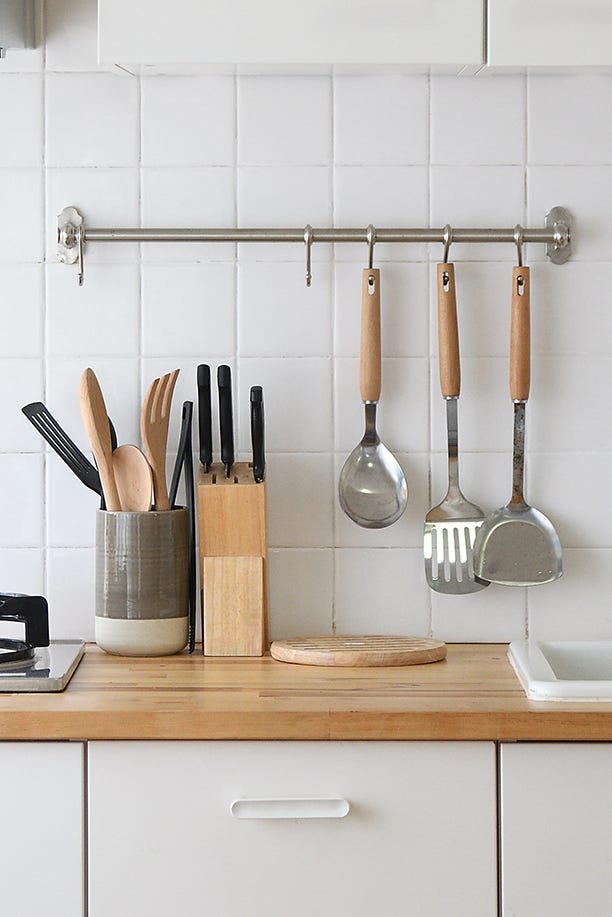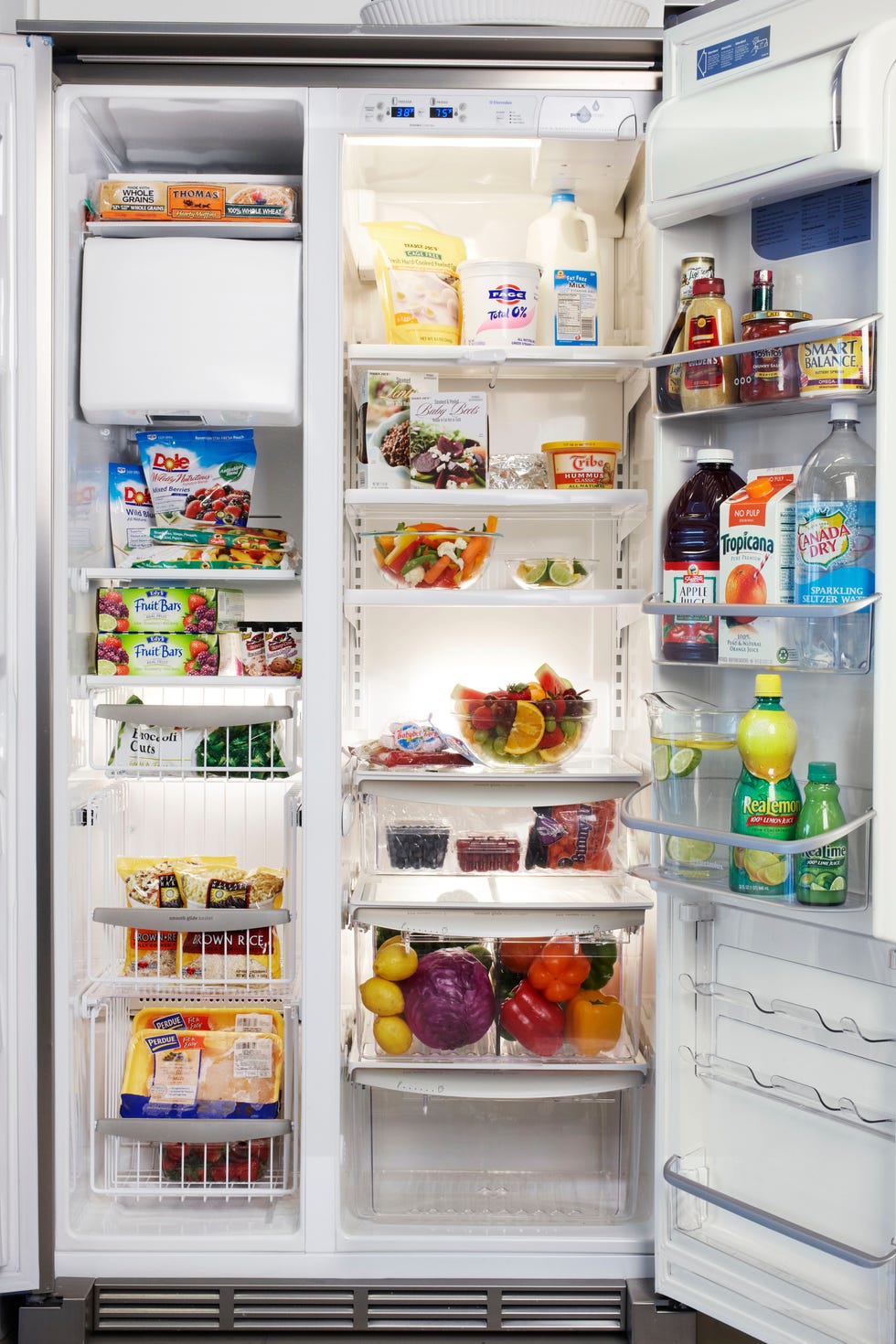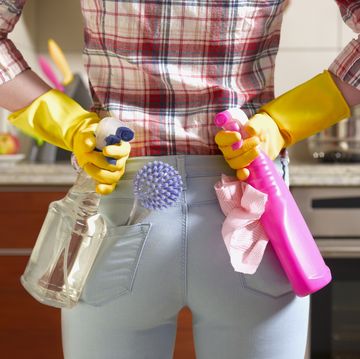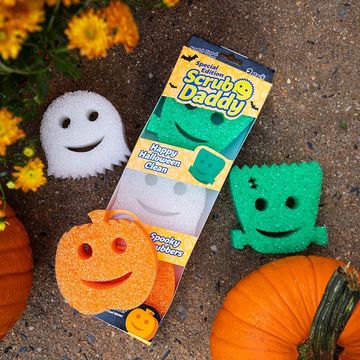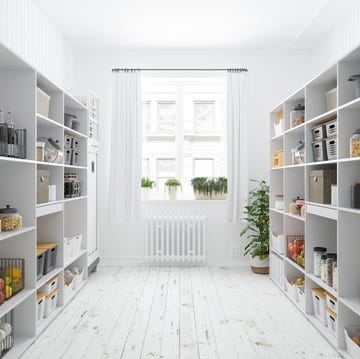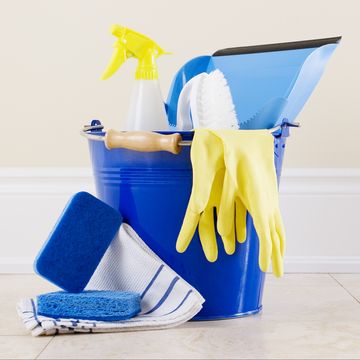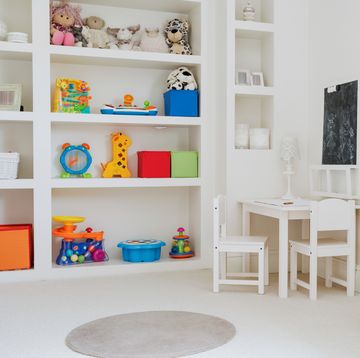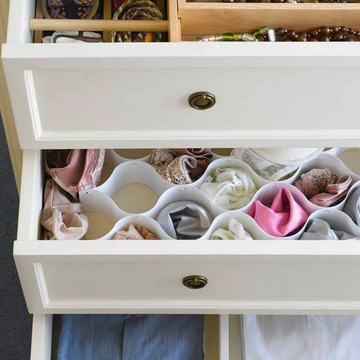Every item on this page was chosen by a Woman's Day editor. We may earn commission on some of the items you choose to buy.
32 Best Organizing Tips to Tidy Up Your Home for Good
Put an end to the clutter once and for all with these genius ideas from professional organizers.
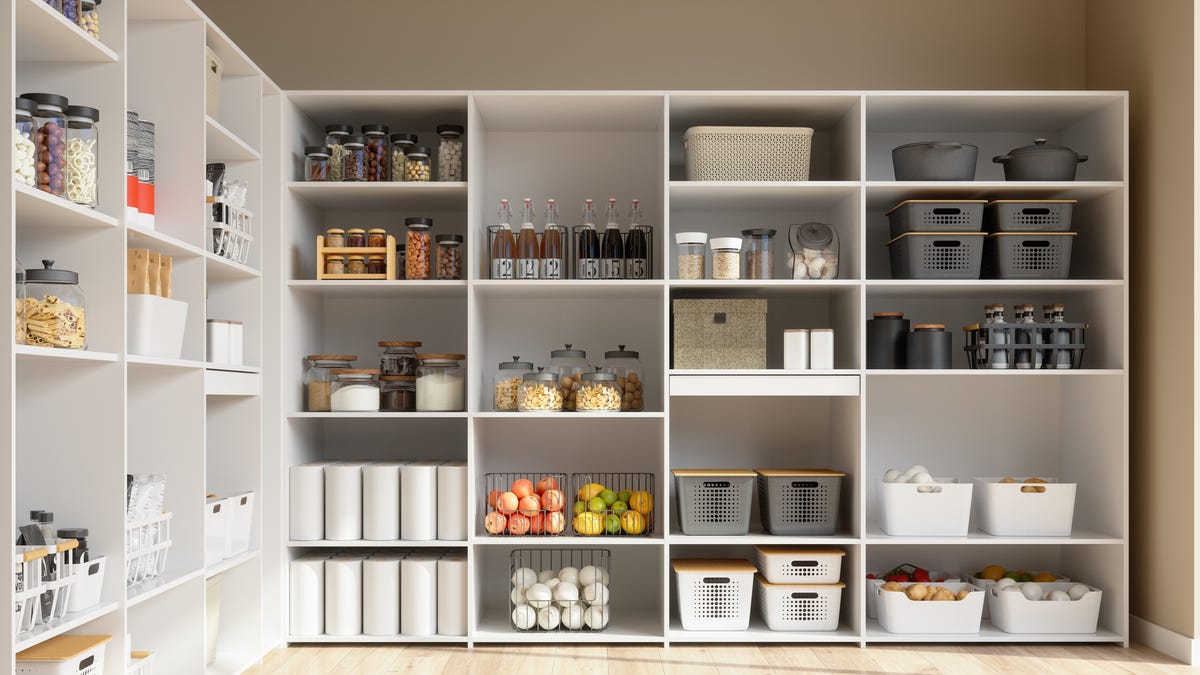
We can't all be professional organizers, but we can all learn how to organize our homes properly. But where to start? Many home organization experts — including Marie Kondo! — recommend decluttering as a good first step.
"Decluttering [is] the act of picking what you like, picking out what you [don't] like, [and] choosing what you want to keep," says Michele Vig, a Marie Kondo-certified master organizer, the founder of Neat Little Nest, and the author of The Holistic Guide to Decluttering. "Declutter first, organize second." After you've gotten rid of everything that no longer sparks joy, you'll have an easier time creating lasting systems for a chaos-free home.
Once you're ready to get down to business, use these expert-approved home organization hacks and methods that will save you time, money, and stress. Most can be accomplished for free, relying on the tools you already have at home, or can be pulled off with a few affordable organizing products that will take your closets, bedrooms, bathrooms, and more to the next level. Just remember: Even if decluttering and organizing feels overwhelming, the best thing you can do is simply start. Once you start chipping away at all that clutter, you'll be reaping the benefits of a more streamlined life in no time.
Ysolt Usigan is a lifestyle writer and editor with 15+ years of experience working in digital media. She has created share-worthy content for publishers Shape, What To Expect, Cafe Mom, TODAY, CBS News, HuffPo, The Bump, Health, Ask Men, and Best Gifts. A working mom of two, her editorial expertise in parenting, shopping, and home are rooted in her everyday life.

Alesandra is a digital travel and lifestyle journalist based in Los Angeles whose work has appeared in Good Housekeeping, Woman’s Day, Prevention, Insider, Glamour, Shondaland, AFAR, Parents, TODAY and countless other online and print outlets. Alesandra has a masters degree in journalism with an emphasis on cultural reporting and criticism from NYU, and a bachelor’s degree from UC Berkeley. An avid traveler, she trots the globe with her husband and their twins.
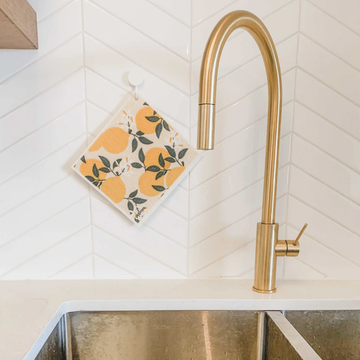
7 Reusable Paper Towel Alternatives for Less Waste
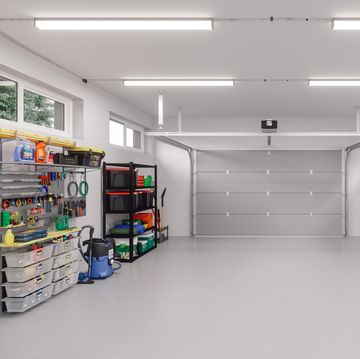
30 Genius Garage Storage and Organization Ideas
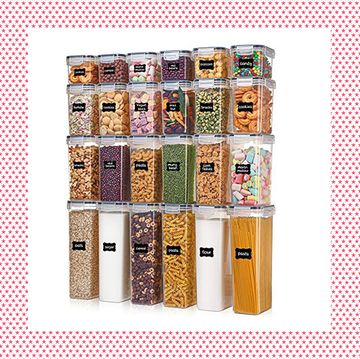
27 Organization Gifts for Friends Who Love Tidying

36 Life-Saving Closet Organization Ideas

